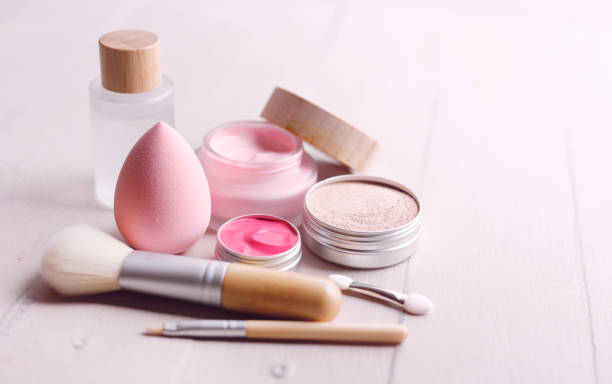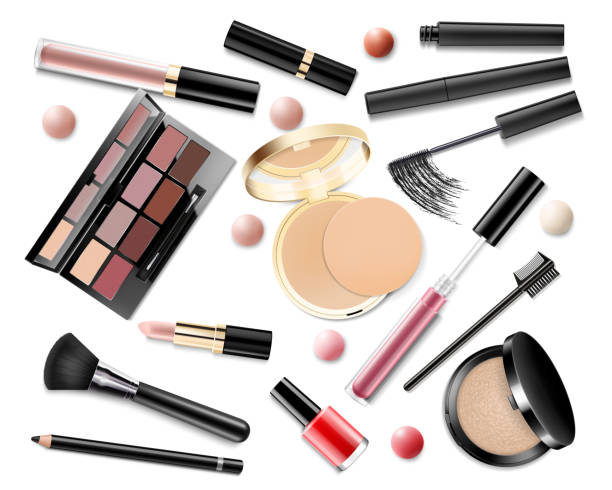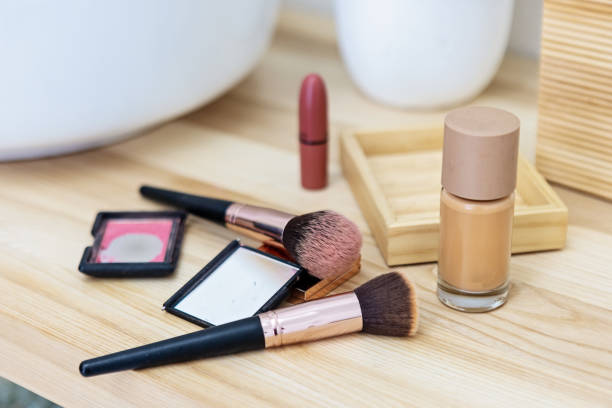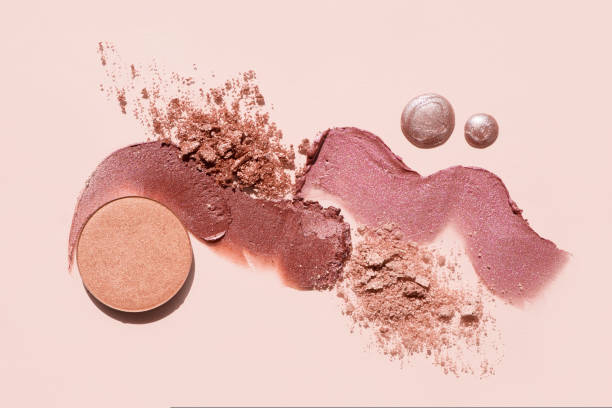What Color Makeup Should I Wear? Color Theory Simplified
Choosing the right color makeup can elevate your look, enhance your features, and make you feel confident. The main topic of this article is color theory and its implications on makeup selection. Understanding your skin tone, undertones, and the colors that harmonize with them are fundamental. This guide aims to simplify color theory to help you make informed decisions about your makeup palette. By the end of this article, you’ll have a clearer understanding of what colors best suit you.

Understanding Skin Tones and Undertones
Your skin tone is the natural color of your complexion, while your undertone refers to the subtle hue beneath the surface. Skin tones generally fall into three categories: fair, medium, and deep. Identifying your undertone is crucial as it helps in selecting shades that complement your complexion. Undertones can be grouped into three main categories: warm, cool, and neutral. Warm undertones typically include yellow, peach, or golden hues, while cool undertones may exhibit pink, red, or blue tints. Neutral undertones are a mix of both warm and cool, making it easier to wear a variety of colors.

The Color Wheel and Its Importance
The color wheel is a vital tool in color theory that demonstrates how colors interact with each other. Familiarizing yourself with the color wheel can assist you in selecting complementary colors that work harmoniously together. Complementary colors are those that sit opposite each other on the wheel, such as red and green or blue and orange. Understanding this principle not only helps in choosing eyeshadow shades but also in selecting lipstick and blush that enhance your overall makeup look. Moreover, the triadic color scheme, which involves selecting three colors that are evenly spaced on the color wheel, can provide a vibrant, balanced look. This method can be particularly useful for special occasions or if you’re feeling adventurous.

Choosing Makeup Based on Your Skin’s Undertone
For those with warm undertones, earth tones and colors that resemble the hues found in sunset palettes are your best bet. Think warm browns, oranges, peaches, and coral shades for blush and lip color. Golds and bronzes for eyeshadow also work beautifully to enhance your features. When it comes to foundation, look for shades with a golden, yellow, or peach base. Avoid colors that are too ashy or grey, as they may clash with the warmth of your skin. Remember, the right makeup will make your skin glow, not wash it out!

Cool Undertones
If you have cool undertones, you should opt for shades that reflect your natural hues. Sticking to colors like cool pinks, blues, and purples will elevate your features without overwhelming them. Silver jewelry often complements cool undertones, so it’s a good indicator of what colors to choose. When selecting lipstick, try berry shades, pinks, and true reds. For eyeshadows, consider jewel tones—think of teal or emerald green. In terms of foundation, look for colors that incorporate rosy or neutral undertones to ensure a seamless blend with your complexion.
Neutral Undertones
Those with neutral undertones can play with both warm and cool colors. This versatility allows you to explore a wider range of shades, from warm mauves to soft, cool-toned pinks. For eyeshadows, you can easily alternate between warm browns and cool greys, depending on your mood or the occasion. When selecting your foundation, shades labeled as “neutral” will usually work best. Don’t hesitate to experiment with different lip colors. From bold reds to soft nude shades, your neutral undertone can handle a variety of makeup styles!
Makeup Application Tips
When applying your makeup, keep a few essential tips in mind to enhance your overall look. Always start with a primer that matches your skin type to create a smooth canvas. Blend your foundation adequately to avoid harsh lines, using tools like sponges or brushes to achieve a flawless finish. Feel free to build layers gradually rather than applying a heavy coat at once. Don’t forget about the power of good lighting—natural light is ideal for makeup application as it helps you see what colors truly look like on your skin. Highlighting and contouring can significantly affect the overall symmetry of your face, so apply these techniques sparingly at first and intensify as you gain confidence.
Conclusion
Choosing the right color makeup involves understanding your skin tone and undertones, as well as utilizing color theory effectively. By applying the principles outlined in this article, you’ll be able to select colors that enhance rather than overshadow your natural beauty. Experimentation is key; don’t hesitate to mix and match shades until you find a combination that speaks to you. Makeup is a form of personal expression, and everyone deserves to look and feel their best.
FAQs
You can determine your skin’s undertone by observing the color of your veins—if they appear blue, you likely have cool undertones; if they appear greenish, you likely have warm undertones. If you see a mix or are unsure, you might have neutral undertones.
2. Are there universal makeup shades?
While there are no universal shades that suit every skin tone, some colors like rosy pinks and soft nudes tend to flatter a range of complexions. Experiment to see what works best for you!
3. Can I wear colors outside my undertone palette?
Absolutely! Makeup is all about creativity and experimenting with different shades. Just remember to balance bolder colors with more neutral tones to avoid an overwhelming look.
4. Should I change my makeup colors with the seasons?
Many people choose to adapt their makeup colors based on the seasons. Warmer colors are popular in fall, whereas lighter, fresher shades are favored in spring and summer. However, the ultimate decision depends on your personal style.
5. How often should I update my makeup collection?
It’s a good idea to refresh your makeup collection at least every six months to a year. This not only keeps your colors current but also ensures you are using products that are safe and effective!
